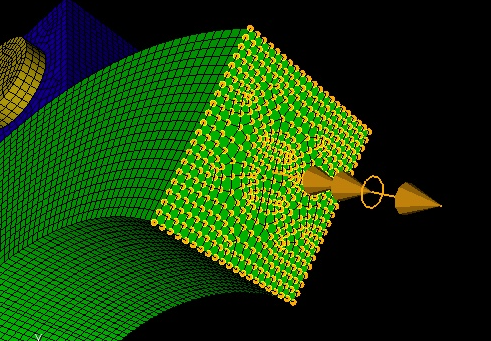Yoshiteru Tokuyama from M&T will demonstrate the right way to create a CFD mesh that will give you accurate simulation results
Announcing our latest free webinar, presented by our colleague and friend Mr. Yoshiteru Tokuyama. An expert in CFD mesh creation, Mr. Yoshiteru will show participants:
- How to create meshes for CFD to get accurate simulation results
- Which Coreform Cubit tools are most crucial for creating quality meshes quickly.
This webinar is free and open to everyone. Register now to participate in the live event, which will include Q&A with our host.
For recordings of past webinars on using Coreform Cubit click here

Abstract
“I have been working for a company that sells FLUENT in Japan since 1998. Back then, FLUENT, a general- purpose CFD software, was not generally recognized in Japan. We were often asked by university researchers, CFD experts at research institutes, and CFD experts at companies, “Does FLUENT really produce correct simulation results?” But today, when the experts want to Introduce CFD technology, they will introduce FLUENT.
By 2010, FLUENT and CFD technology had already become common, and even non-CFD professionals started to use it as a piece of CAD software. It is encouraging that FLUENT and CFD have become so popular in the world, but on the other hand, it is very discouraging that many people see the only purpose of CFD as producing output. Too often it doesn’t matter whether the simulation results are correct or not, the only job is to obtain a converged solution by the deadline. From 2000 to 2005, in order to prove that the results of CFD simulation are comparable to experiments, we carefully designed meshes for CFD simulation, and when the results did not match, we went through many trials and errors to create the best mesh and obtain the best CFD results. Such results can be seen in published papers.
Around 2010, there was a tendency to believe that good results could be obtained by simulation with FLUENT, and that it would be better to create a tet mesh, convert it to Polyhedral, and if the number of meshes increased, do parallel calculations. Many customers do not understand that Polyhedral meshes are only good for computational stability, but not for obtaining accurate simulation results.
The reason why good results were obtained by simulation with FLUENT is that our predecessors designed the best mesh for CFD simulation by trial and error, and used that high-quality mesh to perform the simulation. In this webinar, I will teach this method for getting accurate CFD results using quality meshes created in Coreform Cubit.”
Try Coreform Cubit
he pre-processor of choice of engineers worldwide. Try Coreform Cubit free for 30 days.
